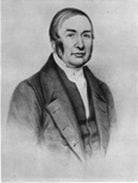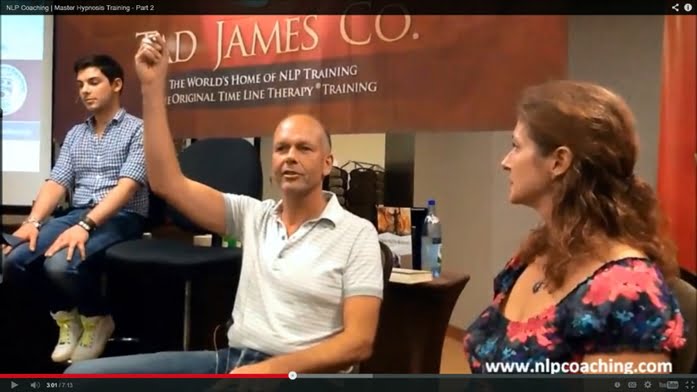
James Braid (1795 -1860) was a Scottish surgeon and according to Wikipedia a “gentleman scientist”. In 1828 he moved to Manchester England and opened a medical practice focusing on surgery. Charles Lafontaine (Swiss mesmerist) performed a public performance in Manchester which intrigued Braid, although initially he went to see Lafontaine for the purpose of debunking it. His observation, that it is not the magnetic passes but the eye fixation that produced trance remained as a significant stepping stone in understanding of hypnosis and trance formation.
Eventually after Braid experimented a lot upon himself and his wife, he came up with the term Neurypnology to describe what later was to become hypnosis. We are very grateful that the term hypnosis stuck with us rather than Neurypnology even if for simplicity of pronunciation. Braid remained in history as the father of Hypnosis.
“Although Braid believed that hypnotic suggestion was a valuable remedy in functional nervous disorders, he did not regard it as a rival to other forms of treatment, nor wish in any way to separate its practice from that of medicine in general. He held that whoever talked of a “universal remedy” was either a fool or a knave: similar diseases often arose from opposite pathological conditions, and the treatment ought to be varied accordingly.” ” John Milne Bramwell (1910)
SOURCE: Wikipedia
James Braid Induction
By Don Stikvoort
Let’s see now what are the steps for inducing trance according to James Braid.
- Subject must be comfortable, seated or standing
- Hold “any small bright object 10-12 inches above the middle of the forehead” (between thumb and 1st 2 fingers of left hand)
- This requires the client to look up a little and then he needs to “maintain a steady, fixed gaze on the object”
- “Stillness being enjoyed, and the patient is then requested to engage his attention, as much as possible, on the simple act of looking at the object, and yield to the tendency to sleep which will steal over him during this apparent simple process”
- In 3-4 min if eyes do not close, move the first 2 fingers of the right hand, a little apart, with a quick or tremulous movement, towards the eyes in order for them to close
- If they do, fine, if not repeat ; if again eyes open desire the subject to keep them closed when you close his eyes
- Then “endeavor to fix the attention on muscular effort by elevating the arms and legs, which must be done quietly, as if you wished to suggest the idea of muscular action without breaking the abstraction, or concentrative state of mind” [My personal version is exemplified in the video as it is unclear how Braid did this: raise 2 arms, make them cataleptic by touch and suggestion – then guide them down into full relaxation ; I tried such a thing with the legs too but it’s awkward, and I decided to leave it out ]
- “The induction of the mind is the real origin and essence of all which follows”.
- Do suggestions.
- Bring the client out.

